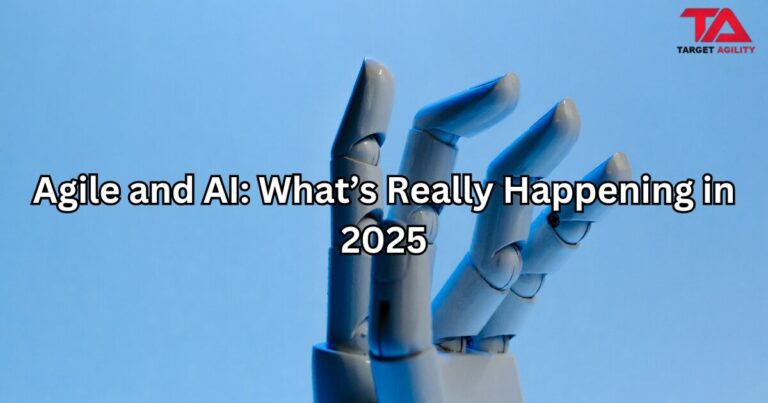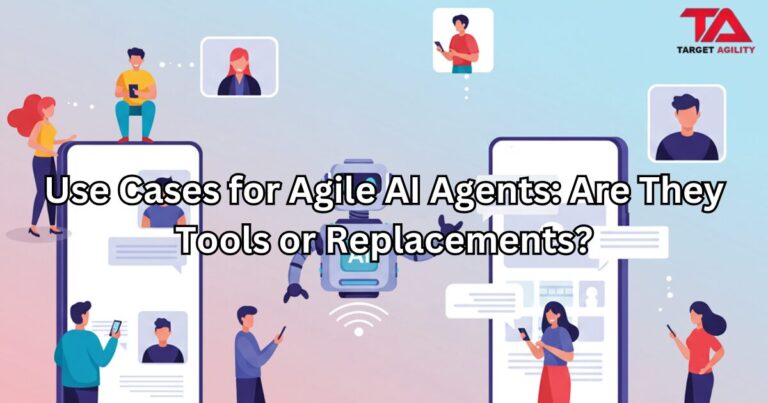Project management can be tricky, with lots of moving parts and people to coordinate. But there’s a cool method called Kanban that can help project managers make things smoother. In this blog, we’ll explain how project managers can use Kanban to make their projects more efficient and successful.
Chapter 1: Understanding Kanban
Kanban is a Japanese word that means “visual card” or “signboard.” It started in car factories but is now used in many fields, including project management. Kanban has five main ideas:
1.1 Visualization:
– Kanban uses boards to show work items and their progress.
– This helps project managers see what’s happening in real-time.
1.2 Limiting WIP:
– Kanban says don’t work on too many things at once. Finish what you started before moving on.
– This stops people from feeling overwhelmed and makes them focus on what’s important.
1.3 Managing Flow:
– Kanban wants work to move smoothly from start to finish.
– Project managers use Kanban to find problems and make work flow better.
1.4 Explicit Process Policies:
– Kanban means everyone knows how things should be done.
– This makes work consistent and less confusing.
1.5 Continuous Improvement:
– Kanban is always trying to get better. People regularly look at how they work and make it better.
– This is how Kanban keeps improving.
Chapter 2: Using Kanban in Project Management
2.1 Make a Kanban Board:
– Start by making a Kanban board that shows your project’s steps. Use columns for each step and cards for tasks.
– The board can be customized to fit your project’s needs.
2.2 Define Tasks:
– Be clear about what tasks need to be done. Each task should have a card on the Kanban board.
– Make sure tasks are specific, doable, and in the right order.
2.3 Set Limits:
– Decide how many tasks can be in each column on the board. Don’t let too much work pile up.
– Work with your team to set these limits.
2.4 Watch the Flow:
– As work moves forward, move cards on the Kanban board to show progress.
– This lets everyone see how the project is doing and where things might be slowing down.
2.5 Keep an Eye on Things:
– Regularly look at the Kanban board with your team. Check on progress and talk about problems.
– As the project manager, you should lead these discussions.
Chapter 3: Why Kanban Helps
3.1 Better Visibility:
– Kanban makes it easy for project managers to see how the project is doing. This helps with decision-making and solving issues quickly.
3.2 More Efficiency:
– Kanban reduces waste and makes work go faster. Tasks move through the project more smoothly.
3.3 Teamwork:
– Kanban encourages people to work together by showing what everyone is doing. This helps teams work better together and solve problems.
3.4 Flexibility:
– Kanban can change quickly if the project needs it. Teams can move tasks around to match new priorities.
3.5 Always Getting Better:
– Kanban keeps improving because it’s always looking at how work can be done better.
– This helps teams learn and grow over time.
Chapter 4: Challenges and Tips
4.1 Challenges:
– Kanban is great, but it’s not always easy. People might not want to change how they work, or it can be hard to figure out the right limits.
4.2 Tips:
– To make Kanban work well, start small and slowly add more Kanban ideas.
– Get your team involved and teach them about Kanban.
– Make sure everyone understands and follows Kanban rules.
– Keep checking how Kanban is working and make it better when needed.
Conclusion
Using Kanban in project management can make projects smoother and more successful. By following the five main Kanban ideas – visualization, limiting WIP, managing flow, making process policies clear, and always improving – project managers can make work easier to handle. Whether you’re managing a project in IT, marketing, or any other field, Kanban can be a helpful tool to keep things on track and make your team more effective.











